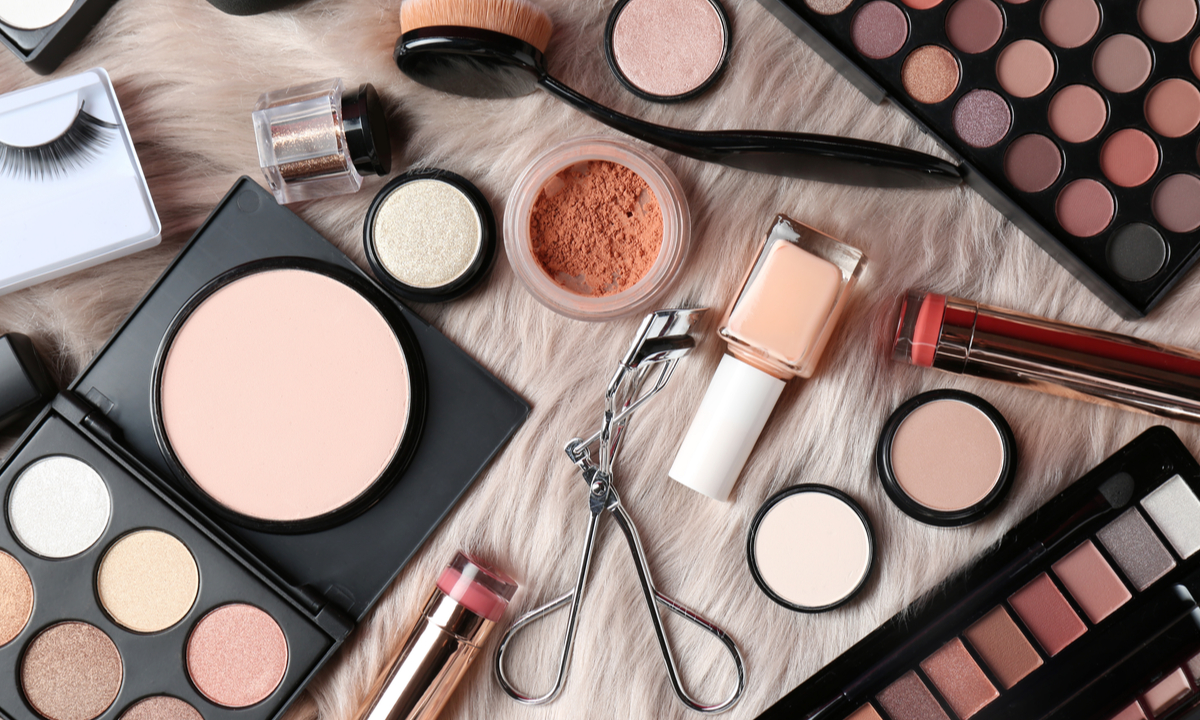Omnichannel, AI Can Help Retailers Joust With Amazon, Walmart for Health and Beauty Spend

Despite inflation, despite the volatility in discretionary spending, certain categories are holding up.
Consumers are still opening their wallets to buy health and beauty products. Data from the U.S. Census Bureau showed that health and personal care-related spending was up 0.7% in July versus June, and up 8% on a trailing seven-month basis from a year ago.
To that end, and as detailed in PYMNTS’ tracking of Amazon and Walmart’s market share in key categories, we found that Amazon has a 5.4% share of health and beauty spend, as measured in the second quarter of this year. Walmart has a 6% share.
The platforms and price competition have helped Walmart maintain its share since before the pandemic, and for Amazon to grow its share from about 2% since late 2019.
But the opportunity is there for a broad range of retailers to gain some further traction in retail in general, and health and beauty in particular, and to possibly make inroads against Amazon and Walmart.
PYMNTS data showed that 39% of consumers said they would shop for more health and beauty products online in the next year. While that stat might seem to give the competitive advantage to the likes of Amazon, Kohl’s, Target and others have been ramping up their own digital efforts to fine-tune and streamline the search/browsing and buying experience, digitally enabled, with the mobile device as the hub online and in-store.
A Resilient Category
The slew of earnings results that have dominated the past few weeks have shown the resilience of spending on beauty products. Even for retailers that saw overall pressure on comp sales, beauty and wellness were outperformers. Kohl’s said in its most recent quarterly earnings report that Sephora helped drive a roughly 90% boost in beauty products sales even as consolidated comps were down in the mid-single digits.
The same trend seemingly has applied to Macy’s where a bright spot amid revenue and same-store-sales headwinds was the beauty category, according to an earnings presentation.
Target said during its earnings call that beauty-related sales were up in the double-digit percentage points. Sales from Ulta Beauty at Target more than doubled from a year ago.
Tech in-Store and Behind the Scenes
As for the leveraging of tech to better manage inventory and sharpen the efforts to personalize in-store and online experiences, several companies have weighed in on more efficient supply chain dynamics and where artificial intelligence (AI) fits into the equation. Target’s management said during the call that inventory was 17% lower than a year ago and discretionary inventory was down 25% at the end of the second quarter. Data flows and an expanded network with sortation centers sharpened inventory management.
Ulta Beauty CEO Dave Kimbell said during an earnings call, “Our consumer insights and member data confirm the importance of physical shopping in beauty. More than 75% of our members choose to transact with us only in stores, and yet we know many of these members use our digital platforms for discovery, try-on and inspiration.”
Earlier in the year, AI was being used to engage consumers.
“AI + AR solutions … are helping to revolutionize the retail experience,” Perfect Corp. founder and CEO Alice Chang said in January.
The same month, Perfect partnered with luxury cosmetics brand Valmont to offer consumers in more than 50 countries a “detailed skin analysis and a personalized beauty routine in seconds” by combining Perfect’s AI solution with Valmont’s background in skincare.
For all PYMNTS retail coverage, subscribe to the daily Retail Newsletter.